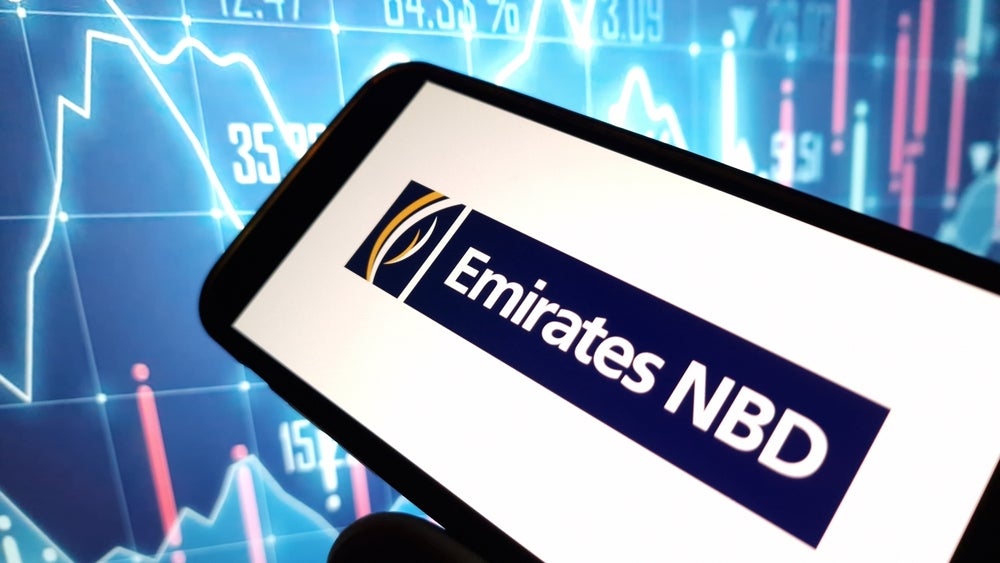Industry players are discussing about mobile payments far more than consumers are using them. However, vendors are investing heavily and expect 2013 to be the year in which theory will become reality. Sara Perria reports on Fiserv’s strategy at a crucial stage of development.
In recent years, forecasts on industry trends have all had one soundbite in common: This will be the year of mobile payments. However, it is still to be understood of what year we are speaking about.
Technology solutions provider Fiserv seems confident 2013 is the right answer. To support this statement and turn it into reality, the US-headquartered company has invested heavily in m-payments.
At Finovate Europe, held in February, it launched its ‘Mobiliti Master Wallet,’ aiming to show how third-party wallets, such as Google Wallet or V.me from Visa, can be incorporated into and accessed from a mobile banking service, turning the financial institution’s mobile banking application into a ‘master’ wallet from which a consumer can manage all their mobile payments.
Fiserv vice president of mobile solutions Serge Van Dam goes as far as to state that "tier-one banks will have more mobile transactions coming through than all of the other channels combined. So mobile will go from the fringe, to the most important channel."
Fiserv lost the number one position to TCS in the 2012 FinTech 100 ranking, but remains one of the top global vendors, ranking third in the most recent rankings.
The US company says it moves over $1trn a year through payment transactions and regards its main competitors are "banks who want to build stuff in house."
How to profit from mobile payments
Whether 2013 will or will not be the year of m-payments, it is a fact that adoption is growing. Does this necessarily translate into a revenue opportunity? Fiserv is convinced that this is the case.
Van Dam tells EPI:
"Banks make money in only two ways. Either through the split of margin on lending and deposits, or through payment transactions.
"Lending is not particularly lucrative at the moment in most parts of the world because of low interest rates. So banks are left with making money out of transactional fees."
Due to the increasing competition, banks, more than ever before, need extract more value out of payments.
"Banks are left with no choice but to innovate and to do a really good job of payments because they want to make sure that competition doesn’t get a foothold."
Big data
Another much-needed improvement that banks should be tackling is the use of big data information.
Van Dam says: "Banks don’t have a very good history of using big data successfully."
The mobile channel therefore presents both an opportunity and a risk. An opportunity because if players get it right they can actually profit and genuinely gain from exploiting all the data that they have available about their customers and their spending habits and geography.
On the other hand, m-payments can represent a threat because there are other players – most notably Google – who are very good at managing bit data and effectively delivering services to consumers based on personal preferences and all the data that they have about the consumer.
Designing the map
Mobile payments as a new technology offer the opportunity to expand beyond traditional markets. Vendors of the size of Fiserv offer a view on how to approach new markets.
"The one thing we have done every time is find a flagship customer, because you can go and study and do analysis and all these other things in terms of understanding a new market, but in the end you don’t really learn the hard lessons unless you are implementing," he explains.
There are some things that every market has in common: an iPhone4s, for example, works exactly the same way in London as it does in Sydney or in Atlanta.
However, there are considerable differences in terms of compliance, payment networks, payments accessibility, needs. The UK is dominated by half a dozen significant financial institutions, whereas the US market has four big players, and also thousands of smaller players.
A global vendor has to be able then to meet the needs of the "big guys" as well as of mid-size banks of hundreds of thousands of accounts.
In the UK market, instead, the focus has to be on the big banks, enabling them to extend the functionality and personalize exponents to meet their branding needs.
To understand and make the most of all these differences, Fiserv strategy is to build a local team, on the pre-sales and implementation side, although "the product is manufactured in New Zealand and will continue to be," Van Dam says.
If differences within established economies exist, emerging economies can often represent a completely new cultural world. The boom of mobile payments in Africa and Asia is only at the beginning and it shows how a new technology can dig out opportunities before unthinkable of.
It also shows how bank in those continent have not been capable to adjust and intercept the needs of the population.
A local perspective is then crucial in emerging economies as well.
"If you’re going to have a generation of consumers who have no formal banking relationships today, their channel of choice will be mobile," Van Dam says.
This is why, "I think in 2013 you are going to see banks enter that space quite aggressively and quite successfully."
Innovate, not replicate
Once the opportunity is identified, stakeholders have to understand how to get it right. From this point of view, forecasting the further developments in this area, Van Dam stresses that the technology is mature enough to offer something truly new to consumers.
The first generation of investments in mobile banking have been around replicating what you do online through the mobile device.
The next step will be to develop and promote features that are mobile specific.
In the US, the most notable one over the last couple of years has been remote deposit, enabling cheque deposits remotely by taking a picture of the cheque.
This has been a transformational feature for banks in the US because 73% of all branch visits are to deposit a cheque, Van Dam says.
"2013 will be the year the rest of the worlds find those nuggets, those opportunities where you do something different in mobile."
"Tailored experiences that are specific to the mobile channel rather than replication of experiences you have in other channels," Van Dam concludes.








